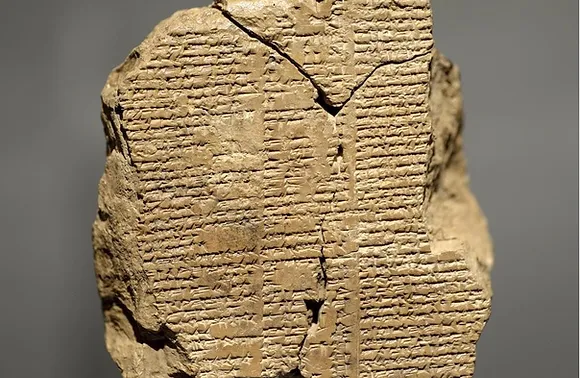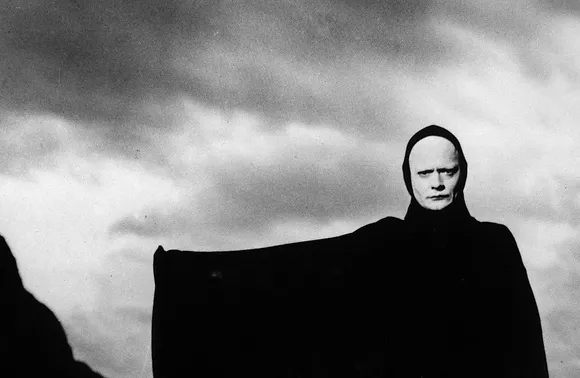
The Epic of Gilgamesh: Ancient Sumerian Character Development

In the year 2022 of the common era, there are certain expectations that any act of storytelling is “supposed” to fulfill. When I say storytelling, I mean both stories passed down through oral tradition and those that were first created on paper. Common to both these forms of stories is the fact that they are surely affected by what’s come before them. As people told more and more stories with time, humanity cultivated thousands upon thousands of years of collective storytelling experience. With this experience came knowledge of what makes a story work, common errors and pitfalls in storytelling, how parts of a story come together to create a greater whole, etc... Thus, our expectations of stories created today help refine those stories beyond their predecessors, or at least we would expect them to do so.
Imagine then, a time when almost none of that existed. How different from today’s stories would a story created in that time be? The “time” in this context refers to around 2000 BCE, a good four thousand years before our time, when oral storytelling was a younger concept, and written stories did not yet exist. According to the consensus of historians, that is the period when The Epic of Gilgamesh was first created. In the epic, Gilgamesh, the god-king of Uruk, is a strong but cruel ruler whose cruelty inspires the gods to send to earth Enkidu, a wild man created to be Gilgamesh’s equal. Eventually, Enkidu reaches Gilgamesh, and upon recognizing each other’s strength, they become close friends, almost as brothers. Together, they face certain trials and tribulations as retribution for angering the gods, bringing them fame and glory. However, one day Enkidu is struck by an incurable disease at the behest of gods, and in time, withers to the netherworld. Gilgamesh, in immense grief over his friend’s death and fearing his eventual demise, travels far and wide to find a cure for death, the secret to immortality. At the end of a perilous journey, Gilgamesh, now a weary man, finds a plant which holds the secret to immortality. Satisfied, he lays down his clothes, with the plant among them, and leaves to bathe. Upon returning, he sees that a snake has made off with the plant of immortality. At the height of the story, Gilgamesh, now a changed man, decides that immortality is not worth pursuing, and leaves immortality to the snake.
If we were to point out only a single element in my very rudimentary retelling of The Epic of Gilgamesh, it would surely be the character development the titular hero undergoes. At first, a cruel king, Gilgamesh becomes a wise old man, now at peace with his mortality. This might not be so surprising. After all, “coming to terms with death” is perhaps the most common character development arc of all time. A character losing a loved one and being forced to confront their flaws is a ubiquitous story fragment. Yet that reasoning does not make sense, does it? It would only make sense to say these elements are common, and therefore not surprising, if The Epic of Gilgamesh existed in a time like ours, where we could claim a shared experience of stories with similar stories. However, as previously discussed, The Epic of Gilgamesh comes before almost all of that, and yet, we still find in it an almost modern example of character development.
How do we explain this? Or rather, what conclusion should we draw from this with regards to humanity’s storytelling? Well, clearly, humanity was much more refined in its stories four thousand years ago than we might expect. Also, it is apparent that people understood concepts like overcoming trauma and coming to terms with death in an unexpectedly similar manner to how we understand them today, even if our terminology is more developed. Lastly, the similarities in our stories are perhaps much more a product of our shared experience of being human, rather than the collective history of humanity that affects us all in different ways. Because if not for us all being human, how do we explain the similarities of our stories four thousand years apart, with naught more than a fragment of collective human history shared between them?
1




